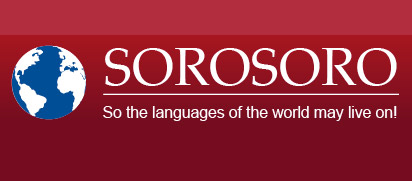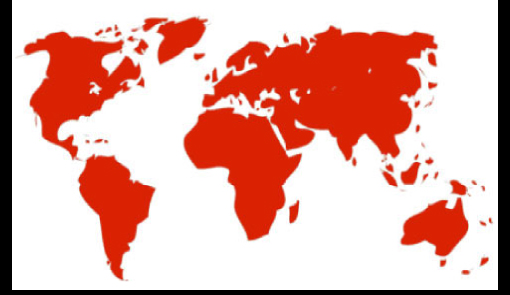Print  |
|


Plurilingualism in Senegal
Posted by Caroline Juillard on February 1, 2011
By Caroline Juillard, professor emeritus, University of Paris Descartes
As in numerous countries of Sub-Saharan Africa, plurilingualism in Senegal is a daily practice; it stems from a contact between an official language (French), a lingua franca spoken by over 90% of the population (Wolof), 14 national languages (therefore studied and codified) and a dozen lesser-diffused languages, all of which together constitute the richness of the country’s linguistic heritage. A contemporary state of affairs originating in ancient history.
Senegal was the first country in Africa where the use of French, as soon as the end of the 17th century, encountered that of African languages, mainly Wolof. Encounters which took place during the founding era of relationships between the French merchants and sailors on one side and the African on another, in where would later become the country’s capital, Saint-Louis of Senegal.
The two main common languages in Senegal nowadays are Wolof and French, the latter being the only one bearing a status of official language: written language is left to French, especially in secondary education and university, but also in the media, administration, and business.
Wolof is associated to Senegalese identity, both because of a large vehicularity and a transmittal spreading way beyond its ethnic span. Yet despite a very large diffusion, Wolof remains with the same status as other so-called national languages, though they weight a lot less in the demographic scale.
It is worth noting, besides, that in time, French and Wolof have fulfilled complementary roles for the urban elite: the contact of these two languages merged into a form of linguistic blend mainly characterized by French borrowings and an alternation of some sentences built on structural basis of French, and others built on structural basis of Wolof. The proportion and form of the features of French and features of Wolof vary depending on people, and are socially significant: a mixed code widely used within the Dakar elite nowadays, and taken up by a large part of the urban community, including people with non-existent or poor schooling.
Languages with a national language status currently reach 14. Besides Wolof, the five main languages having been granted such status under office of President Senghor are Fula (spoken as first or second language by approximately 25% of the population), Serer (spoken by ca. 18%), Jola (ca. 7%), Mandinka (ca. 5%) and Soninke (very low demographic weight). These languages are all part of the language family known as Niger Congo (Mande group and West-Atlantic group), and these past years, some of them have been introduced as mediums for reading/writing in primary education.
There are other small languages and numerous dialects in the process of being described that remain in use. All these languages may come as specific choices in communication, and thus become symbols of group, ethnic, regional or village belongings.
Additionally, some of the languages spoken in the neighbouring countries are also in use on the Senegalese territory, languages such as Portuguese-based Creole (Guinea-Bissau), Hassānīya Arabic (Mauritania) or Bambara (Mali).
To provide a comprehensive overview of plurilingualism in Senegal, it is important to mention the ability people have of enriching their linguistic repertoire along their lives and wanders. The Senegalese are at least bilingual, and sometimes largely plurilingual, especially in the South, in Casamance. This plurilingualism can be observed in daily conversation: according to given identity or stylistic strategies, speakers will turn to one language or the other, or even to language blends and most widely to French and Wolof borrowings.
Thus Senegalese plurilingualism characterizes by a rich linguistic repertoire that remains in use, especially in rural areas, the presence of a common language at national level, and a certain heritagization of French though borrowings and mixed code.








